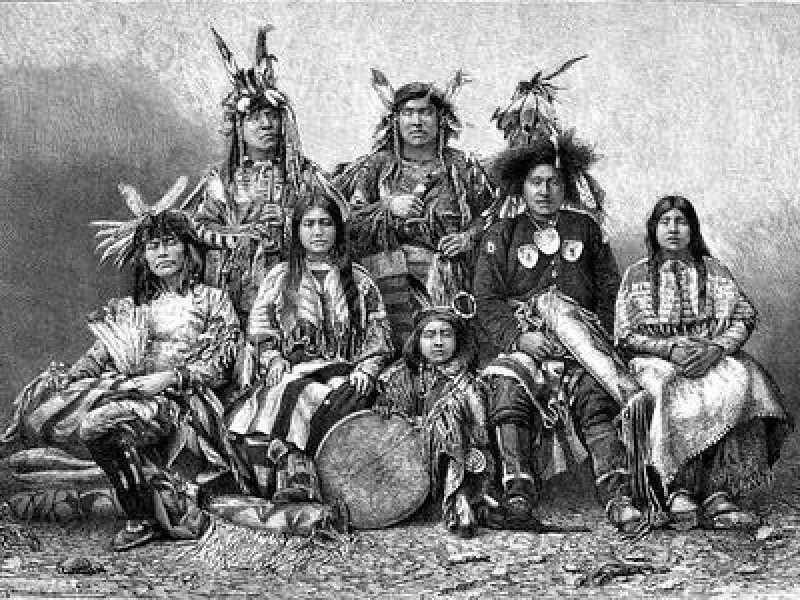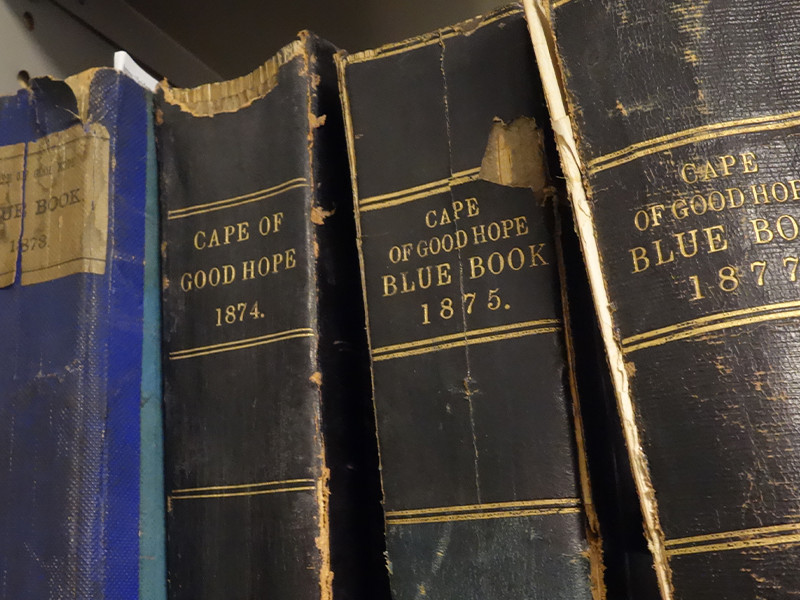Caribbean Colonial Statistics from the British Empire, 1824–1950

Caribbean Blue Books, 1824–1950
The colonial Blue Books provide us with information that forces us to rethink the historiography and legacies of settler colonialismLund University
Access the full collection
Access the full archive of Caribbean Colonial Statistics from the British Empire, 1824–1950.
Institutional Free Trial
Start your free trialRegister for a free 30-day trial of Caribbean Colonial Statistics from the British Empire, 1824–1950, for your institution.
Institutional Sales
Visit Sales PagesellFor more information on institutional access, visit our sales page.
Already have a license? Sign in.
Study over a century of British colonial rule in the Caribbean through government statistics

The British colonised parts of the Caribbean between the seventeenth and mid-twentieth century, with some still remaining today. The United Kingdom controlled a large portion of territory, covering Jamaica, Barbados, Trinidad and Tobago, the Bahamas, and many other islands. British colonial regulations required each colony to submit a “Blue Book” to the Colonial Office on an annual basis. The aim was to standardise statistical reports, primarily those relating to economic development, as well as demographic, ecclesiastical, and public records.
This collection contains Blue Books and other archival material from British colonies and protectorates in the Caribbean compiled during the period 1824–1950. The standardised nature of the Blue Books allows for comparisons to be drawn geographically (i.e. between colonies) and over time on issues and trends such as the slave trade, economic policy, education, and public health.
Contents
Caribbean Colonial Statistics from the British Empire, 1824–1950...
Caribbean Blue Books, 1824–1950
Discover
Highlights
Insights
The documents in this collection are organised by country, including: Antigua, Bahamas, Barbados, Bermuda, British Guiana, British Honduras, Dominica, Grenada, Jamaica, Leeward Islands, Montserrat, Nevis, St Christopher, St Lucia, St Vincent, Tobago, Tortola, Trinidad, Trinidad and Tobago, Turks and Caicos Islands, and Virgin Islands.
The statistics included in these documents — population data, financial accounts, and lists of officers that served in the colonies — illuminate the history of British colonialism in the Caribbean. These documents also contain details of trading partners and social services. Each Blue Book begins with a contents page. This aids the navigation of the books themselves.
The records for each colony are prefaced by a brief introduction to that colony. The population returns are published alongside education reports, while grants of land reveal who held colonial wealth. Imports and exports are joined by prison records which provide an insight into the legal system at the time. As these records are published together, comparisons can be made between the living conditions and access to services across colonies.
Unlock Historical Research for Your Institution
Provide your students and researchers with direct access to unique primary sources.











